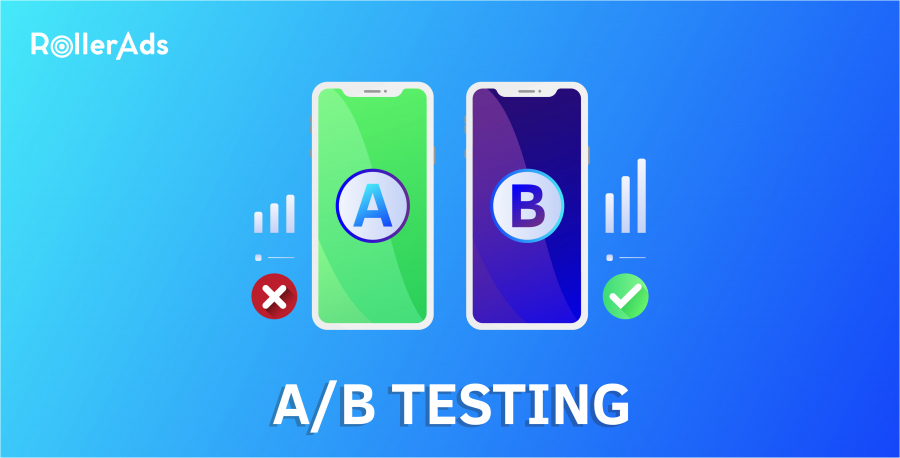Testing is the way to success. A/B testing is used to experiment with different campaign elements to find out what works best. Sadly, in the real world, there’s no magical shortcut to knowing what’s the best-performing ad design, offer or target audience. And that’s when A/B testing ads enter the game.
Instead of one team member saying “We have to use a red ad design” and this being the end of the discussion, marketers can set up multi-variable tests to see which ad variations actually work.
What is A/B testing?
A/B testing, also called split testing, is a tactic by which you find out which ad headlines, body copy, images, call-to-actions, or a combination of the above work best for your target audience. Moreover, you can experiment with several audiences and ad placements to know who’s your perfect audience and which placements they can be reached with.
A/B testing mistakes.
As you get started with advertising, you’ll realize that there are so many things you’d like to test: ad images, titles, descriptions, target audiences, bidding methods, campaign objectives, etc.
The mistake you’re likely to make at this point is creating an A/B test with too many changing variables.
Let’s say you want to test 3 ad images, 3 headlines, and 3 main copies. This makes 3x3x3 = 27 different ads. This test will take weeks to conclude. A test can quickly become huge! Let’s assume you want to test five images, four ad titles, and five precise interests targeting. This means you’d have to create 4*5*5 ads to test all the possible combinations — a total of 100 ads! This leaves you with the options of creating smaller experiments with four or five variations.
A/B testing lets you know what words, phrases, images, videos, testimonials, and other elements work best. Even the simplest changes can impact conversion rates.
What’s important at A/B testing?
For most A/B tests, duration matters less than statistical significance. If you run the test for six months and only 10 people visit the page during that time, you won’t have representative data. There are just too few iterations on which to base a conclusion.
However, you want the test to run long enough to make sure there’s no evidence of results convergence. This happens when there appears to be a significant difference between the two variations at first, but the difference decreases over time.
A/B testing is one of the most powerful ways to collect information about your copywriting and design choices.
Create campaigns, test various options and reach great results with Roller Ads!





